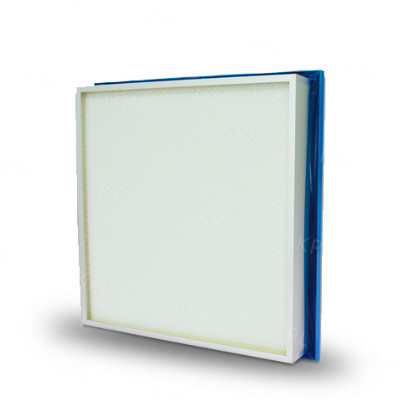
For this example, we’ll use an air handling unit (AHU) starting in the morning to cool down a floor. In this example, the Weekly Schedule is the lowest priority and Operator is the highest, meaning Operator trumps the other two. Weekly Schedule – the schedule of what days/times equipment should be on or off. Logic Programming – This means the equipment is running based on the sequence of operations that we discussed previously. Operator – this means that whoever is driving the system is issuing direct commands as to how the system should be running.

For the sake of simplicity, let’s say we have 3 priority levels: In these larger systems, you’ll also have a number of priority levels that determine which instructions a piece of equipment should be following. It also keeps us from having to manually turn equipment on and off.Īs you might imagine, with larger HVAC systems and more complex equipment, comes larger and more complex sequences of operations.
#Hvac trminal equipment definition how to
If the Indoor Air Temperature is equal to or less than 75 degrees,īy writing statements that instruct the equipment on how to perform under certain conditions, we can dial-in those sequences to ensure optimal comfort and energy efficiency. If the Indoor Air Temperature is greater than 75 degrees, This input is passed from the thermostat through network infrastructure back to a controller which subsequently takes that feedback and conducts the below sequence. A sequence of operations, also known as a logic statement, is used to automate the functions of HVAC systems based on input data from sensors and actions of other pieces of equipment happening simultaneously.Īs another simple example, let’s say you have an office in a commercial building and you set the thermostat at 75 degrees for your side of the office. To understand how HVAC control systems work, you must first understand what a sequence of operations is. Together, these four components make up an HVAC controls system whose primary goal is to ensure occupant comfort and safety while operating as efficiently as possible from an energy consumption standpoint. These devices include sensors that measure the value of a variable such as a temperature or humidity, relay switches that open and close circuits, and actuators that convert energy into some kind of mechanical force. ControllersĪ device that is connected to the network infrastructure and provides a means for monitoring and/or controlling end devices. The CAT 5/6 Ethernet cable generally carries messages from the head-end to and from the controllers while the RS-485 wires take care of the communication between the controllers and field devices. In a modern HVAC controls system, the network infrastructure typically consists of CAT-5/6 Ethernet and RS-485 twisted pair cables. For example, if an air duct damper was closed and is commanded open, the zone temperature will start dropping based on that command being sent. Users see the results of the control signals sent based on monitoring the system inputs. This is the central user interface that allows an operator to gain insight into field operations and send control functions as needed. The head-end computer/software may also be known as a workstation, the front-end, or energy management software. In the interest of keeping things simple, we’ll break down the typical BAS into 4 major categories:Īs you gain a deeper understanding of HVAC controls, you’ll learn there are many pieces of equipment that encompass more than one of these categories, however, we’ll do our best to stay with simple examples for each. When it comes to applying HVAC control systems to larger facilities, the HVAC controls are sometimes a part of a larger system known as a building automation or energy management system. We’ll talk more about sensors as we delve deeper into more complex systems. In this simple example, your thermostat is considered an HVAC controller, however, it is also a sensor because it is sensing your indoor temperature.

When you set your thermostat to 75 degrees in the summer, you are dictating that your A/C unit should run until your indoor temperature reaches 75 degrees, at which point, it should shut off.

By adjusting the temperature (or setpoint), you are controlling the functions of that self-contained unit. In residences, you’ll typically find a thermostat that is connected to some kind of self-contained A/C unit. The definition of HVAC control systems can range depending on whether it is applied to a very basic residential application or potentially to an extremely complex large-scale application, but in short, HVAC controls consist of devices that control the operations of Heating, Ventilation, and Air Conditioning equipment.


 0 kommentar(er)
0 kommentar(er)
